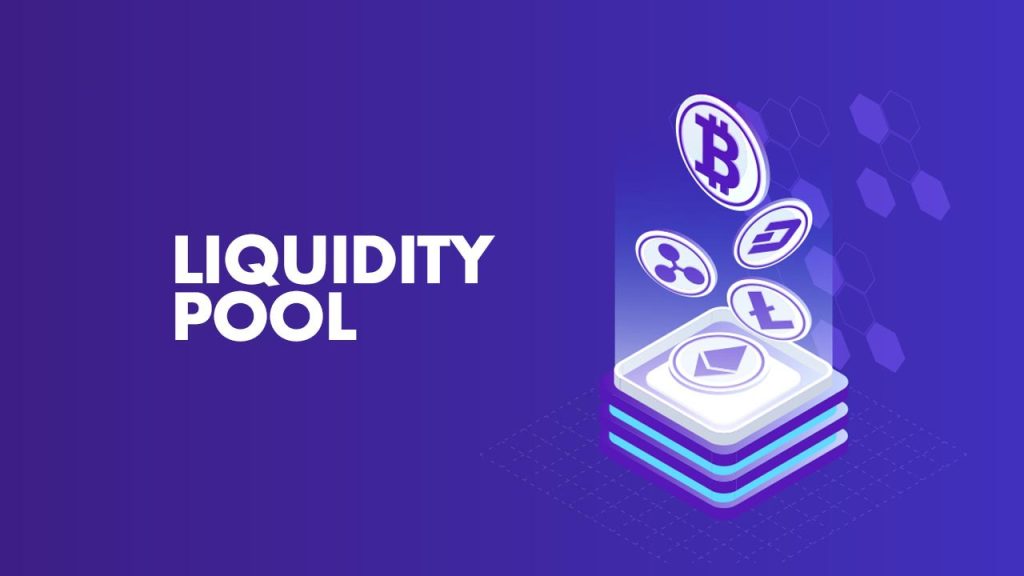Liquidity pools are a vital component of the exciting world of DeFi. They play a crucial role in locking assets within Defi protocols, which continues to grow each day. Think of liquidity pools as funds held in a special digital vault, allowing you to support various trading or lending-borrowing activities.
You might like it: What are BRC-20 Tokens?
Those who contribute to them, known as liquidity providers (LPs), add tokens of equal value to the pool. In return for their support, LPs earn fees based on the transactions carried out within the pool. The more liquidity they provide, the higher their potential earnings.
Automated market makers make it easy for anyone to participate in liquidity provision. When you want to buy an asset from liquidity providers, there isn’t a traditional seller involved. Instead, an algorithm manages the transactions and sets the price based on the activities taking place within the pool. Automated market makers ensure that you can trade against the liquidity within the pool, eliminating the need for a specific counterparty.
As long as there is enough liquidity available, you can complete your transaction smoothly.

On the Binance Smart Chain (BSC), you’ll find similar exchanges like PancakeSwap, BakerySwap, and BurgerSwap, all of which utilize BEP-20 tokens. These platforms provide opportunities for liquidity provision and trading.
In the Ethereum ecosystem, popular exchanges that utilize liquidity pools include SushiSwap, Curve, and Balancer. The liquidity pools on these platforms mainly consist of ERC-20 tokens.
Liquidity pools are a crucial technology powering the current DeFi landscape. They facilitate decentralized trading, lending, and the generation of returns, among other functionalities. Smart contracts associated with liquidity pools form the backbone of numerous DeFi applications and services.
You can present your own thoughts as comments about the topic. Moreover, you can follow us on Telegram and YouTube channels for this kind of news.


